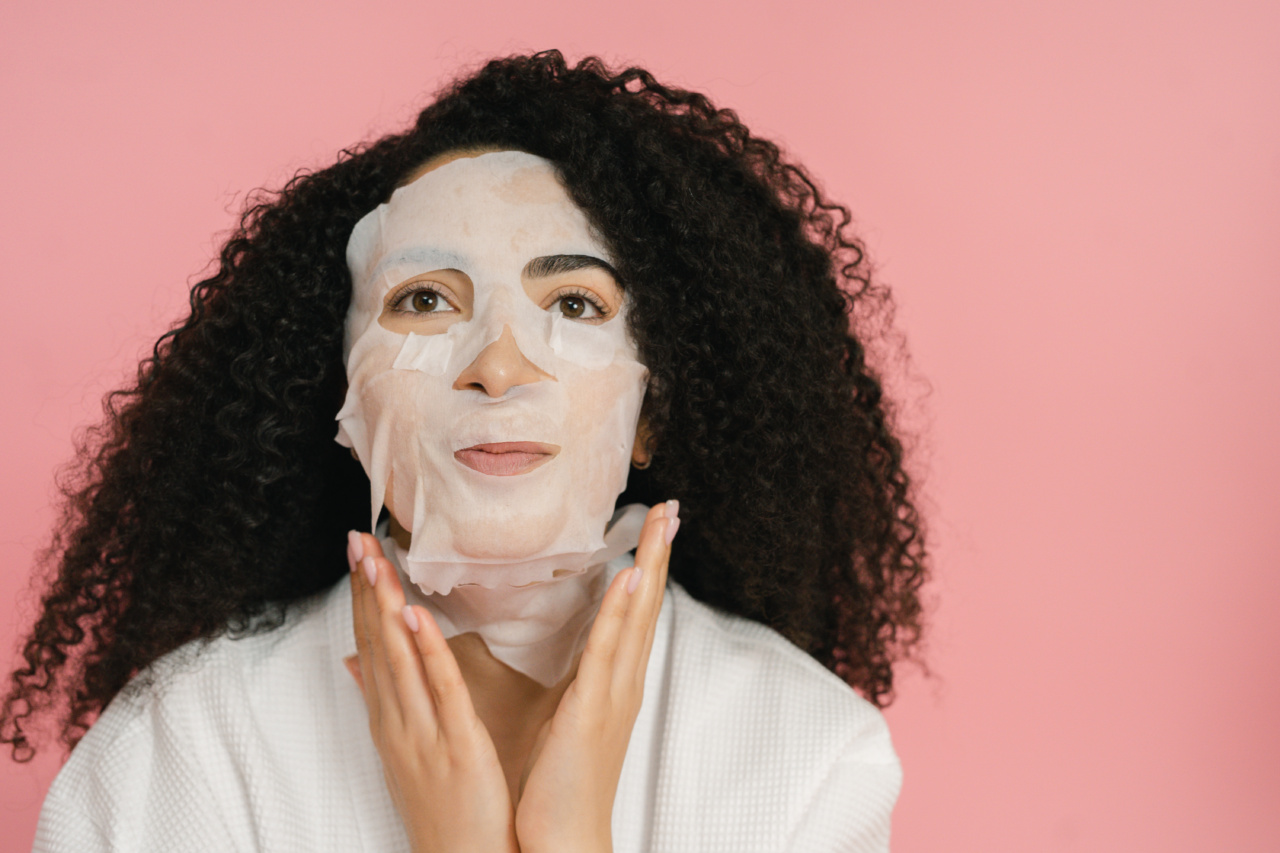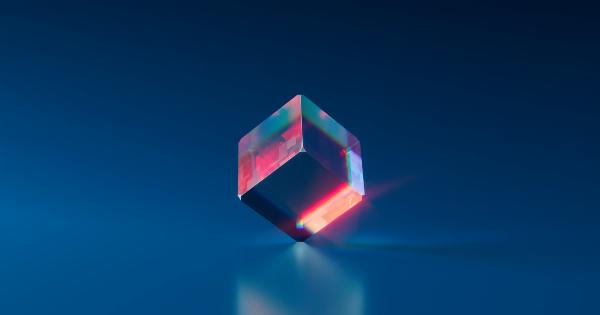While chin hair is commonly associated with men, many women also experience the growth of unwanted hair in this area. This phenomenon can be embarrassing and frustrating, often leading to lowered self-esteem and a desire for immediate removal.
In order to effectively address and manage chin hair, it is important to understand the underlying causes. Here, we discuss five common reasons why women develop chin hair.
Hormonal Imbalances
One of the primary culprits behind the growth of chin hair in women is hormonal imbalances. Fluctuations in hormone levels, specifically an increase in androgen levels, can stimulate the growth of facial hair.
Conditions such as polycystic ovary syndrome (PCOS) or adrenal gland disorders can disrupt the delicate hormonal balance and lead to the development of chin hair.
Aging Process
As women age, hormonal changes occur that can trigger the growth of chin hair. During menopause, for example, there is a decrease in estrogen levels and an increase in androgen levels.
This hormonal shift can cause unwanted hair to sprout, including on the chin. Additionally, as women age, the sensitivity of hair follicles to androgens may increase, further exacerbating the growth of chin hair.
Genetics
Genetics play a significant role in determining the hair growth patterns of individuals. If you notice chin hair growth in your family members, such as your mother, sisters, or aunts, there is a higher likelihood that you may experience the same.
Some individuals may simply be more predisposed to developing facial hair, including on the chin area.
Medication and Medical Treatments
Certain medications can have unintended side effects, including the growth of chin hair. For instance, some hormonal medications, such as testosterone or anabolic steroids, may stimulate the growth of facial hair in women.
Additionally, certain medical treatments like chemotherapy can alter the normal hair growth cycle, leading to the development of chin hair.
Stress and Hormonal Changes
High levels of stress can disrupt the natural hormonal balance in the body, potentially resulting in the growth of chin hair.
Chronic stress can lead to an overproduction of cortisol, the stress hormone, which can affect the levels of other hormones in the body. These hormonal changes can manifest as unwanted hair growth in various areas, including the chin.
Managing and Treating Chin Hair
While the presence of chin hair can be distressing, there are several management and treatment options available to women:.
1. Tweezing or Plucking
Tweezing or plucking is a quick and inexpensive method to remove individual chin hairs. However, it is important to exercise caution and ensure proper hygiene to prevent infections. This method is suitable for individuals with minimal hair growth.
2. Waxing
Waxing involves applying hot or cold wax to the chin area and then removing it along with the hair. This method offers longer-lasting results compared to tweezing or plucking. However, it may cause discomfort and skin irritation for some individuals.
3. Threading
Threading is a technique that uses twisted thread to capture and remove unwanted hair. This method is popular for shaping eyebrows, but it can also be used to remove chin hair.
Threading is quick, precise, and generally well-tolerated by most individuals.
4. Depilatory Creams
Depilatory creams contain chemicals that break down the hair structure, allowing for easy removal. These creams can be applied to the chin area and rinsed off after a specified time.
However, some individuals may experience skin irritation or allergies, so it is essential to perform a patch test prior to use.
5. Laser Hair Removal
Laser hair removal is a long-term solution for managing chin hair. This method involves using laser energy to target and destroy hair follicles, inhibiting future hair growth.
While more expensive than other methods, laser hair removal offers lasting results with minimal discomfort.
Conclusion
Chin hair on women can be caused by hormonal imbalances, the aging process, genetics, certain medications, and stress. Understanding these factors can help women better manage and address unwanted chin hair.
Whether through quick and inexpensive methods like tweezing or more long-term solutions like laser hair removal, women have several options to choose from when it comes to managing chin hair and regaining their confidence.





























